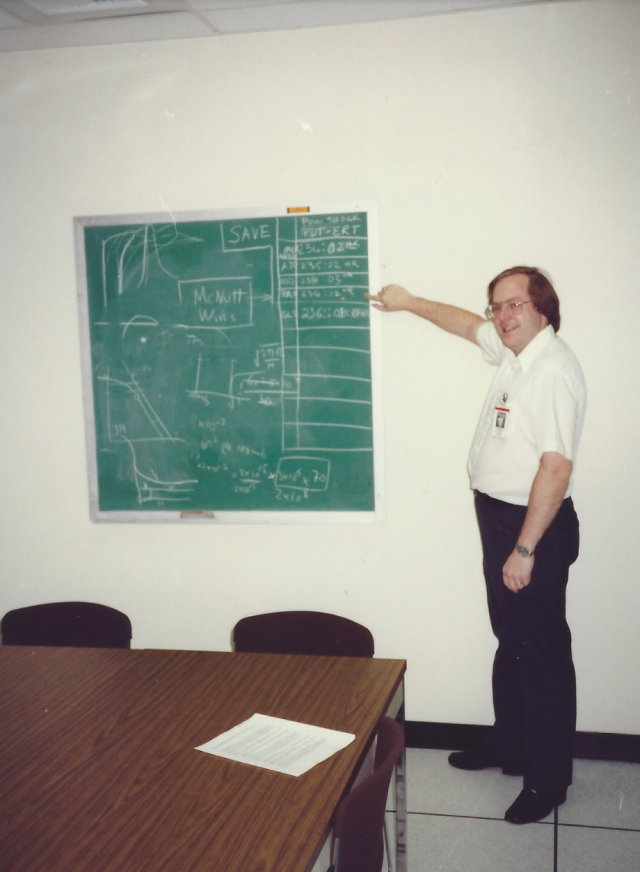We eagerly awaited the moment when Voyager 2 would reach the outer limits of Neptune’s influence on the solar wind. To keep things interesting, we organized a series of predictions among the science teams at the Jet Propulsion Laboratory. A whiteboard was used to record the entries, with predictions based on when the spacecraft would encounter the “shock” of Neptune’s magnetosphere in PDT-ERT (Pacific Daylight-Earth Received Time).
There were only five predictions to choose from, starting with Day 235, which corresponds to August 23 in non-leap years. The one-way light time from the spacecraft was 4 hours and 6 minutes, and the spacecraft event time (SCET) is usually given in Greenwich Mean Time (GMT). To convert from PDT-ERT to GMT-SCET, it is necessary to add 7 hours to arrive at GMT, followed by a subtraction of 4 hours and 6 minutes to adjust for an event that occurred on the spacecraft earlier. This resulted in a difference of 2 hours and 54 minutes.
I predicted that Voyager 2 would reach its limit on DOI 236, which was August 24 at 14:54 GMT-SCET. My prediction was close but not quite right, as the Plasma Science experiment actually detected a bow impact on August 24 at
